Piedmont Spotlight: Serpentine Barrens Complex
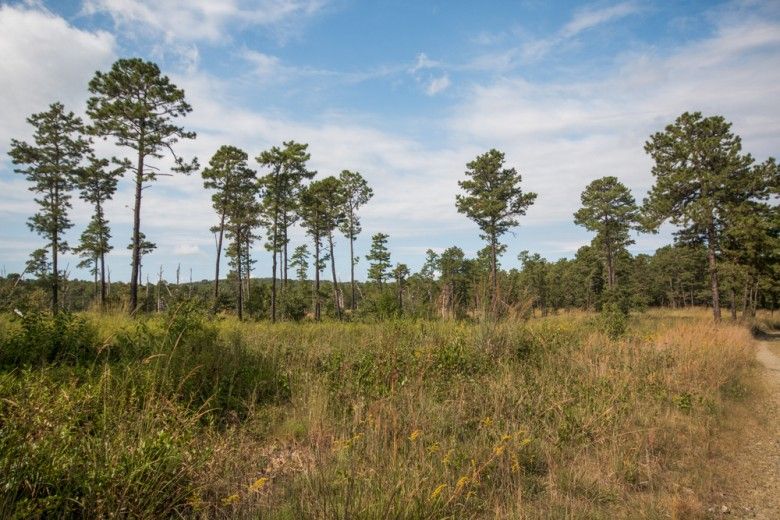
Join us as we continue our exploration of the vegetative communities of the Piedmont region of the Eastern United States. In this ongoing series of blogs, we will spotlight specific vegetative communities, define their historic structures, describe the processes that created them, examine past and ongoing threats to their survival, and provide suggestions for long-term, sustainable forest management to help steward them into the future.
Our first spotlights in this series highlighted two abundant and iconic communities in the Piedmont: Tuliptree – Beech – Maple Forests and Dry Oak – Mixed Hardwood Forests. When most people think of the forests of Pennsylvania and Delaware, they likely picture something resembling these communities. In this spotlight, we’ll highlight Serpentine Barrens—a complex of vegetative communities that is unknown to many people, even those who live close to them, yet is incredibly biodiverse and host to many local unique species of flora and fauna.
Serpentine Barrens Complexes, which consist of several different habitat types and communities, are one of the rarest associations in the Piedmont and globally. Despite their name, barrens have a high degree of biodiversity and occur on only 9% of land underlain by serpentinite throughout the world and in only four states east of California and Oregon. Historically, serpentine barrens could be found in Pennsylvania, Maryland, and Delaware, though the Delaware barrens have since been lost due to development.
In Pennsylvania, serpentine barrens complexes occur only in the Piedmont, and while government agencies and conservation organizations own several serpentine communities, many serpentine communities are privately owned. While serpentine barrens comprise a small portion of the total land cover in the Piedmont, the lessons learned from managing them apply to the management of any community.
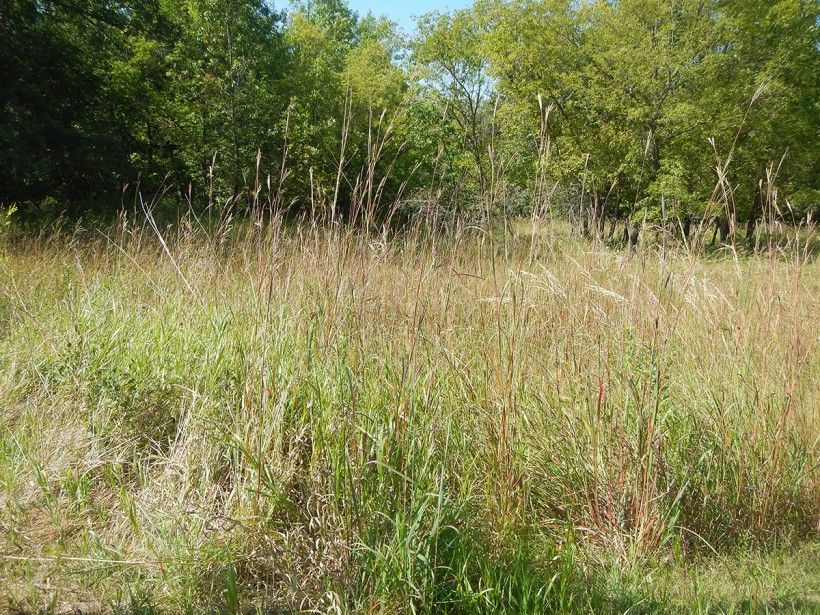
History and Composition
In our previous spotlights, we examined community structure at three levels: overstory, midstory, and understory. This method of measuring structure is particular to forest communities. Serpentine barrens complexes consist of several kinds of vegetative communities, which include serpentine savannas, serpentine gravel-rock outcrop communities, serpentine seeps, and serpentine pine-oak forests. Therefore, this spotlight will examine structure at a broader resolution, and instead focus on things like canopy cover and dominant vegetation types. Two things that do link these barrens communities, however, are the soil that underlies them and their reliance on frequent and intense disturbance. Without serpentinite bedrock and the soil that it produces, the serpentine barrens complex would not exist. Without disturbance, the serpentine barrens complex disappears. This spotlight will also provide examples of some of the characteristic species that you could expect to find in serpentine communities.
In the previous spotlights, we emphasized the importance of abiotic factors in determining community composition and structure. Regardless of how many seeds we might plant, we cannot grow and sustain a tropical rainforest here in the Piedmont, at least not under current conditions. Likewise, a lush Tuliptree – Beech – Maple Forest cannot grow on serpentinite bedrock. The erosion of prehistoric mountain ranges 200 million years ago exposed serpentinite bedrock, which was formed 420 million years ago when peridotite was metamorphosed under water and pressure. This globally-rare bedrock produces magnesium-, nickel-, and chromium-rich yet calcium-poor soils. This calcium deficiency, paired with the abundance of heavy metals, inhibits biotic development, which further inhibits the accumulation of nitrogen, phosphorus, and potassium in the soil. Extremely nutrient-poor soil limits the number of species that can survive, and specific moisture regimes further select what species will grow from that number.
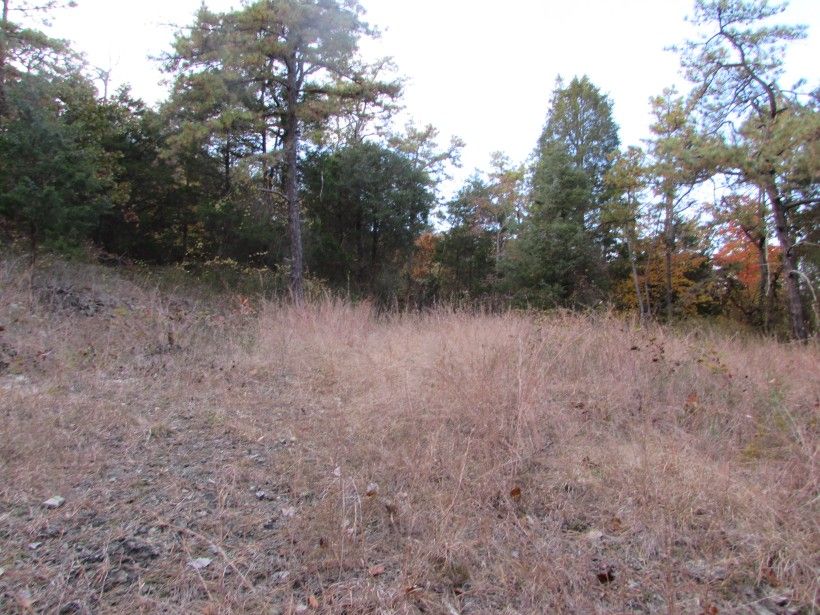
Serpentine barrens complexes are only maintained by frequent and intense disturbance. In the absence of disturbance, softwood conifers begin to colonize serpentine grasslands. As the conifers establish a canopy, deciduous hardwoods can establish and begin to grow. These hardwoods grow and shade out conifers. More of the canopy is dominated by hardwoods and they begin to move organic material outwards laterally via leaf drop. Accumulated leaf litter decomposes and slowly builds organic soil over the harsh serpentinite soils, opening more land for colonization by non-barrens species. Eventually, after enough soil creation and colonization by generalists, the serpentine barrens complex transforms into something resembling the vegetative communities around it. This is part of the reason why serpentine barrens complexes overlay only 9% of all land underlain with serpentinite bedrock. Without disturbances, ecological succession quickly destroys these communities.
Three different forms of disturbance are believed to have perpetuated serpentine barrens throughout their history. Prior to human settlement, animal browse on a significantly greater scale than the deer browse we see now would have controlled encroachment from herbaceous and woody vegetation alike. Extant large herbivores no longer found in our region, such as elk and muskox, and extinct megafauna, such as giant sloths and beavers and mammoths, would have prevented succession from following its natural course. Following human settlement, fire became the driving force in preserving serpentine barrens complexes. Soil evidence going back 15,000 years shows fires appearing in the region. Native Americans used these severe, intense, and frequent fires to improve hunting and foraging opportunities and maintain an open landscape for travel and defensibility. Finally, in recent history, barrens were mined for their heavy metals and grazed by livestock, resulting in similar successional “resets.”
In each of these scenarios, disturbances only affected portions of the whole complex at a given time. In a given 100-acre complex, 10 acres of pitch pine-oak forest might burn one year, leaving 20 acres of forest untouched, and 50 acres of grassland might burn the next year, leaving 20 acres of grassland untouched. This creates a landscape mosaic in which many different community types and ages are represented and the serpentine barrens complex of communities persists. These communities include forests, which have canopy densities of 60-100% closure and are dominated by trees five meters or taller, shrublands, which are not dominated by trees taller than five meters and have canopy densities of less than 25% closure, and herbaceous openings, which are entirely dominated by herbaceous plants.
Only a few species can survive the harsh conditions of the barrens and form communities. These species tend to fall under one of four categories: endemic or globally rare species; disjunct or edge-of-range species; intermixed wetland species; and habitat specialist species. Endemics, or species that are unique to an area, are uncommon in serpentine barrens. Some examples include serpentine aster (Symphyotrichum depauperatum) and serpentine chickweed (Cerastium velutinum var. villosissimum), which has long “hairs” that reduce moisture loss and heat stress. Disjunct species are those that otherwise typically only occur in distant geographies. Several species common in the South, such as big bluestem (Andropogon gerardii) and Indian grass (Soghastrum nutans), often occur in barrens complexes. A variety of wetland species, such as tufted hairgrass (Deschampsia cespitosa) and swamp thistle (Cirsium muticum), can be found in wetter sites like serpentine seeps. Finally, many of the species found in serpentine barrens complexes are habitat specialists and survive under harsh conditions. Moss phlox (Phlox subulata) and New Jersey tea (Ceanothus americanus) are such species. In forested areas, the overstory might include post oak (Quercus stellata), blackjack oak (Quercus marilandica), pitch pine (Pinus rigida), and a variety of red and white oaks, while the midstory and understory might include dense greenbrier (Smilax rotundifolia) and catbrier (Smilax glauca), lowbush blueberry (Vaccinium pallidum), deerberry (Vaccinium stamineum), black huckleberry (Gaylussacia baccata), eastern/northern bracken fern (Pteridium latiusculum), and wild sarsaparilla (Aralia nudicaulis).
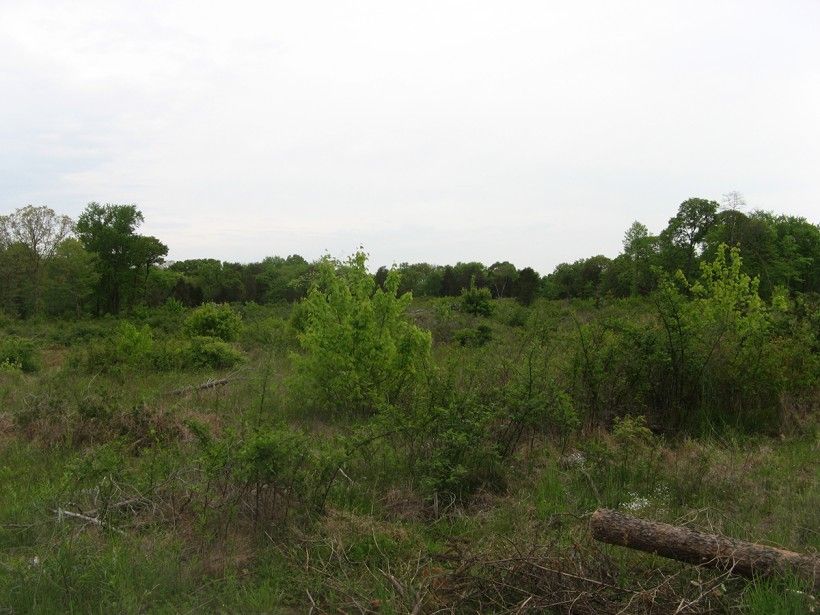
Threats/Challenges
Broadly, serpentine barrens complexes face two threats: development and mismanagement. While agencies and conservation groups have protected many serpentine barrens communities through parks, preserves, and conservation easements, the remaining unprotected communities face the threat of development. The only serpentine barrens communities in Delaware, for example, were most likely lost to development. While mining generally perpetuated the barrens and the barrens are unsuitable for most agriculture, residential development destroys serpentine communities.
Within serpentine barrens complexes that have not been developed, mismanagement still threatens their survival. Mismanagement includes both absence of management and incorrect management. The serpentine barrens complex is a matrix of early- and mid-successional communities. In the absence of disturbance, the communities begin to build soil and eventually bring about their own demise once mesophytic species establish themselves. While “hands-off” management might be appropriate for some vegetative communities, it leads to community conversion when applied to serpentine barrens complexes. These communities are dependent on intense and frequent disturbance to reset the successional clock and clear out competing vegetation. Plants that have a competitive advantage over mid- and late-successional species in early successional environments tend to have a competitive disadvantage against the same species later. A lack of management that consistently resets the successional clock will give other species the advantage and result in loss of barrens communities.
Incorrect management also threatens barrens. A century of fire suppression shaped many attitudes about eastern forest management. Many serpentine barrens complexes that are managed have either only recently reintroduced fire or have yet to do so. While managers can use other techniques besides prescribed fire, the management techniques that are used often do not achieve the goals of canopy reduction and soil matter reduction, resulting in encroachment from mesophytes.
Other concerns found elsewhere in the Piedmont, such as deer browse and invasive species, also apply to serpentine barrens. This confluence of problems is particularly concerning because of the rarity of the species found in the serpentine barrens. These communities are small, disconnected, and few, and many of the species within them are listed as rare or endangered in the state of Pennsylvania. Loss of one local population significantly reduces the genetic diversity of the regional population and leaves it vulnerable to more significant threats.
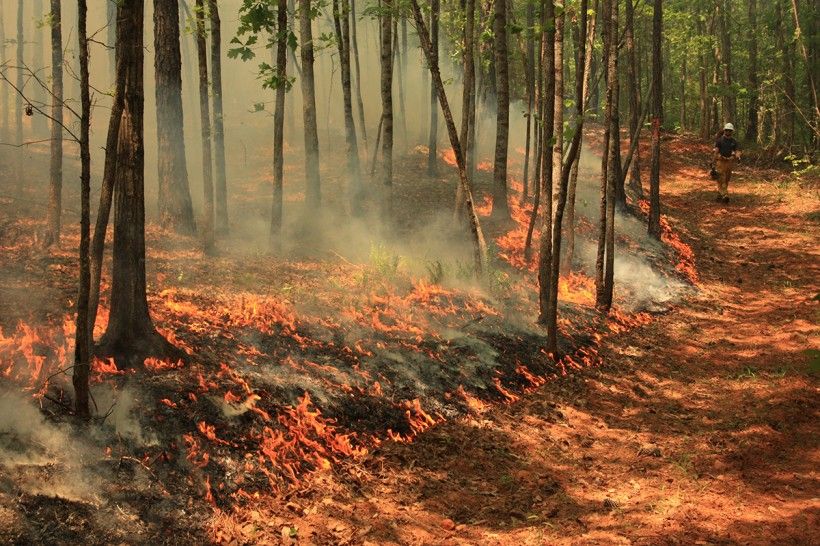
Opportunities
Unlike the communities featured in our previous spotlights, serpentine barrens communities have a limited range, meaning that most private land stewards do not manage land containing barrens. For those that do, researchers have developed successful management techniques that result in the re-establishment of historic structure and composition. For those that do not, the lessons learned from developing those techniques apply to the management of any vegetative community.
Through his research in public serpentine barrens, Roger Latham determined that a handful of practices, used in concert, yielded desirable barrens conditions. These practices mimic the historic patterns of disturbance in barrens communities and include overstory tree removal, prescribed fire, mechanized soil reduction, deer exclusion, and population augmentation. Combined with a method of managing called adaptive management, these practices resulted in almost 100% native barren species colonization. Tree removal will vary in intensity depending on the site, but any thinning activity should be designed to reduce canopy density, reduce competition from mesophytic native species like red maple and eastern red cedar, and remove invasives or noxious natives like black locust and paulownia. Stewards should target a 60-100% residual canopy cover in forested areas and 0-25% canopy cover in grasslands. In forests, this will reduce shading and increase drought stress, favoring regeneration of serpentine barrens tree species over other competitors. In grasslands, this will eliminate shading and severely increase drought stress, favoring regeneration of graminoids and herbaceous species over woody species.
Following overstory tree removal, stewards should implement prescribed fire and/or mechanized soil removal. Both can achieve the same effect of removing the layer of duff and organic humus that will have aggregated from decades of fire suppression. Removing duff and humus will reset the successional clock and make the resulting soil conditions inhospitable to species that are not adapted to serpentinite’s nutrient limitations. Fire will also contribute to undesirable species removal, as fire tolerant species such as oaks and pitch pine will survive fire and reseed while fire intolerant species will either die or struggle to regenerate. When prescribed fire is not a viable option, mechanized soil removal can achieve similar results in creating a residual serpentinite soil. Mechanical removal will not, however, result in the same suppression of competing vegetation and release of adapted species.
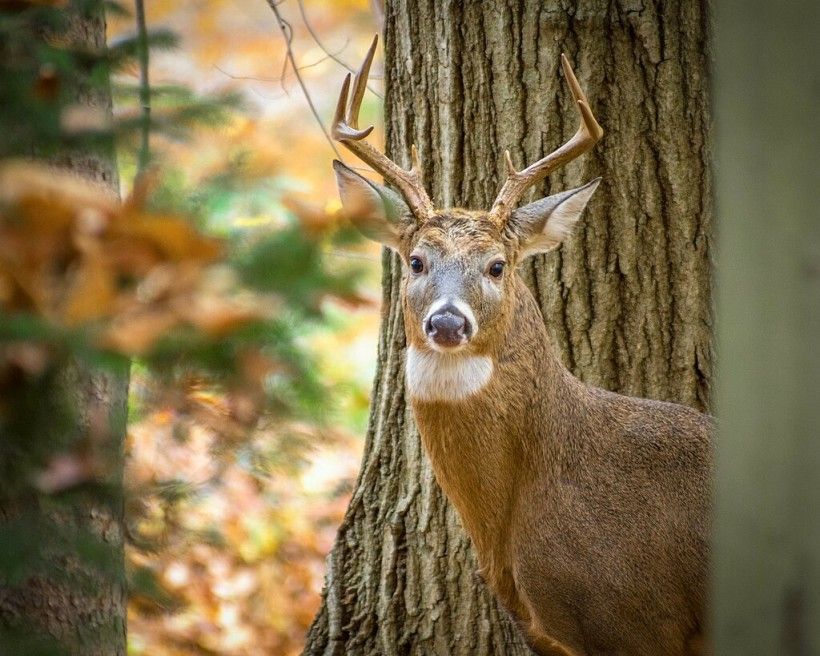
Deer exclusion and population augmentation should finally be implemented to ensure long-term viability of the communities. Deer exclusion fencing will allow seedlings and herbaceous vegetation to reestablish at levels similar to those in the past when hunting pressure kept deer populations much smaller. Population augment will give a growth advantage to planted tree species in forested areas and increase genetic and species diversity across the complex. Stewards should plant desirable saplings (red and white oaks, pignut hickory, rarer oaks like post or blackjack oak) after thinning the overstory to give the saplings a head start over the seedbank, which will likely contain mesophytes and invasives. Stewards should also bolster small or locally extirpated species through planting. The planted individuals should be sourced locally, if possible, to maintain native genetics. For more information on management practices and serpentine barrens in general, please see our recorded Fall Stewardship Series with Chris Hoess.
For land stewards without access to serpentine barrens communities, the principles of adaptive management can help to design management techniques for any vegetative community (even a yard or garden!). Like the scientific method, adaptive management relies on reincorporating measurable data from the results of an experiment into the next experiment.
First, stewards should develop measurable indicators of success. In ecological management, this will be based on historic levels of species diversity, indicator species, etc. Second, stewards should inventory the existing conditions against their indicators of success. If success at a site is to be measured in terms of the number of American woodcock or purple martin, this step would involve conducting a bird survey to get an initial count. Third, stewards should develop a management plan intended to affect the indicators. Fourth, stewards should design and implement management actions like scientific experiments. This means having several different trial areas in which as many variables are controlled as is possible, treatment variables are implemented singly, and data is recorded throughout the process. If one two-acre plot gets thinned to 75% canopy cover, thin another similar two-acre plot to 50% canopy cover. Fifth, stewards should measure the indicators of success again. Sixth, the data should be analyzed to determine which treatments were successful if any. Lastly, stewards should take their findings and reincorporate them into future treatments.
References:
- Latham, R. E. and M. McGeehin. 2012. Unionville Serpentine Barrens Restoration and Management Plan. Continental Conservation, Rose Valley, Pennsylvania and Natural Lands Trust, Media, Pennsylvania. 157 pp. + 10 maps
- Latham, R. E. (April 13, 2022). Understanding successional pathways to conserve serpentine grasslands
- MDNR: Natural Communities - Serpentine Grasslands
- PNHP: Red-cedar - pine serpentine shrubland
- PNHP: Serpentine grassland
- PNHP: Serpentine gravel forb community
- PNHP: Serpentine pitch pine - oak forest
- PNHP: Serpentine Seep
- PNHP: Serpentine Virginia pine - oak forest
Header image: Nottingham serpentine barrens. Photo: UncoveringPA.com